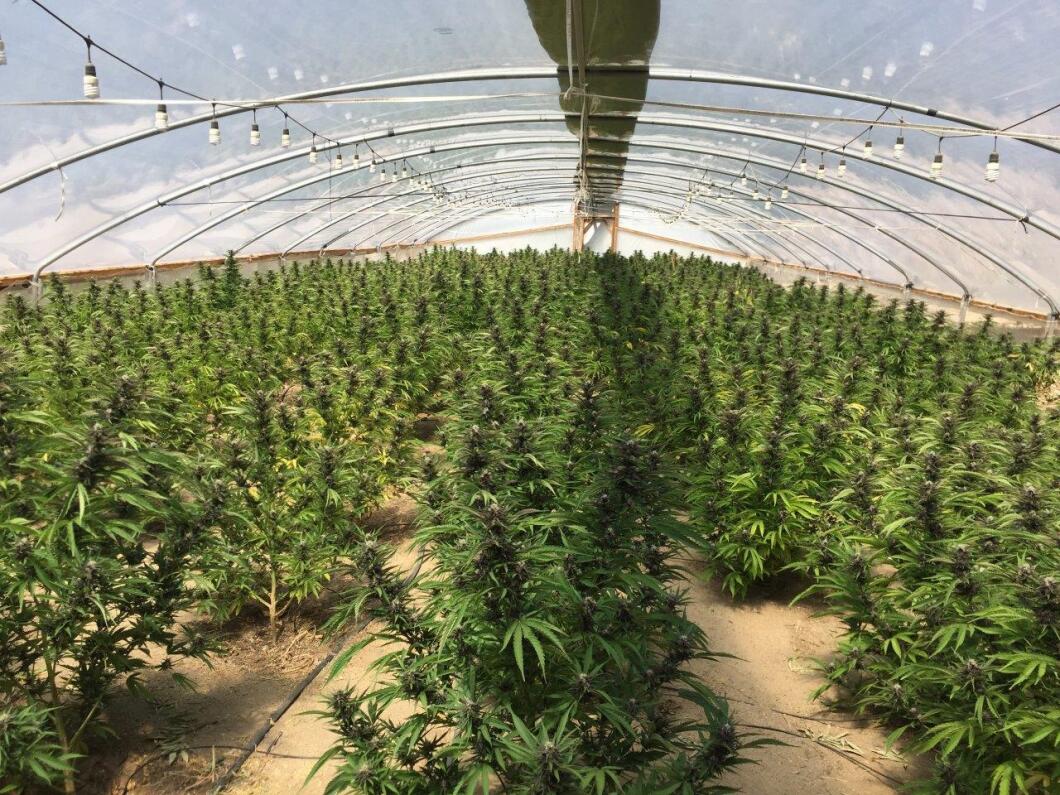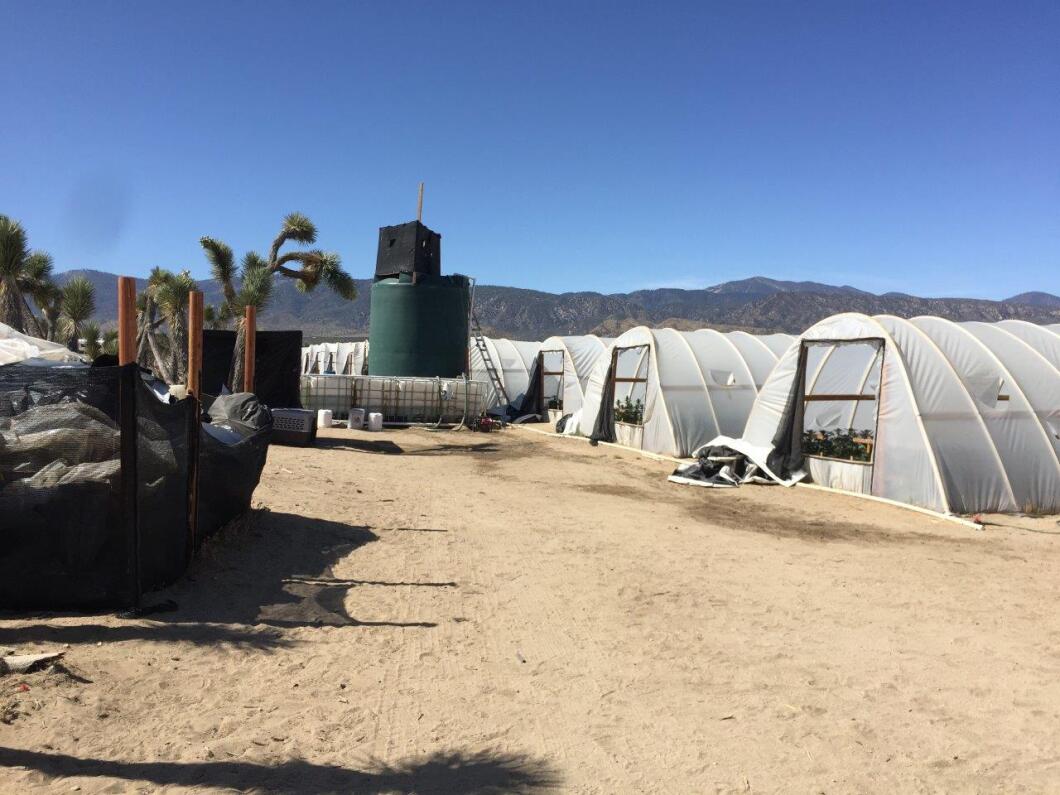
California officials are destroying hundreds of illegal marijuana farms worth billions of dollars to drug cartels every year.
With a U.S. Drug Enforcement Agency grant and a strict state licensing requirement, police have been raiding farms up and down the state and seizing or destroying the drugs, then dismantling the greenhouses protecting them.
State and local government agencies have joined forces to eradicate the farms, which have dramatically multiplied in the past several years while siphoning off precious water from a drought-stricken state.
Investigators in Southern California have discovered the operators are cartels from Mexico, Armenia, and China. Similar cartels have sprung up in the state’s Central Valley farming community, primarily from China and Russia.
INTERNATIONAL DRUG CARTELS ILLEGALLY DRAINING WATER SUPPLIES TO GROW PLANTS, SENATOR SAYS

“They are a threat to the safety of the public every day they are in existence,” Los Angeles County Sheriff’s Lt. Howard Fuchs said. “We’ve arrested people [at farms] who are wanted for murder in other parts of the county, and we currently have murders here under investigation.”
“We have murder, robbery, and assault. They have killed people. We’ve had workers killed, innocent civilians shot at, and people chased in their cars. If anyone comes close to these farms, they are playing with fire.”
Last year, the county had 750 illegal groves. In 2022, the number is down to 350 because of work by the Marijuana Eradication Team, comprising the Sheriff’s Department, California National Guard, and state Department of Fish and Wildlife.
Authorities discover the farms with tips from residents or by flying over the area. The constant hum of generators at homes and increased traffic is a giveaway for indoor greenhouses. At the same time, long rows of white tarps covering makeshift structures are a giveaway when viewing by air. Armenian cartels primarily operate the indoor farms, while Mexican and Chinese cartels opt for outdoors, Fuchs said.
The groups view any person who gets near the groves as a threat to their criminal enterprises and often react violently. Cartels are heavily armed, making the job for investigators extremely dangerous, Fuchs said.

So when search warrants are served, it’s a safe bet that the entire operation will be destroyed.
“The sheriff has been amazing to allow us to bulldoze and destroy groves,” Fuchs said. “There are trip hazards, electrical hazards, and toxic chemicals. These greenhouses are crudely made in the middle of the desert, so the electrical is jerry-rigged. It’s 150 degrees in these greenhouses, and we can get overcome by the heat and chemical odors. When it’s unsafe for our personnel, we can demolish it with bulldozers.”
Investigators often encounter Carbofuran, an illegal pesticide that is one of the deadliest in the world. The United States outlawed the poison in 2009 after minute amounts were found to kill wildlife such as bald eagles, bears, and owls instantaneously.
“We know what to look for, and often, we find Carbofuran,” Fuchs said. “If we do, we just back out and bulldoze.”
“It’s water theft, contamination of groundwater, poisoning of wildlife, illegal chemicals, they leave trash around, squat on property that doesn’t belong to them, and intimidate the neighbors,” said Charles Bostwick, field deputy for Los Angeles County Supervisor Kathryn Barger.
“They use workers who are indentured servants that came across the border and would be told they’d be working in Central California on a farm and instead end up in the desert on a marijuana grove,” he added.
CLICK HERE TO READ MORE FROM THE WASHINGTON EXAMINER
Bostwick has become a protector of water rights in his district, which is a desert area more than 65 miles north of downtown Los Angeles. The farms have depleted aquifers and drained neighborhood wells, leaving rationed residents with even less water.
“My boss arranged for money to fight water theft because the first bad results of the groves in 2020 were stealing water out of hydrants,” Bostwick said. “Now that there is a drought and your average homeowner is being told to restrict how much they can water their lawns, people are really irritated.”





